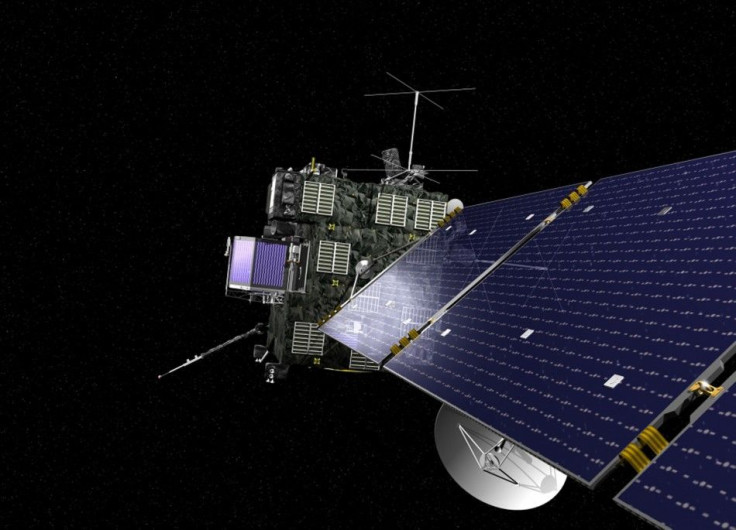Life on Earth mystery: Sweet sugar may have started life on Earth, scientists believe

Scientists and inquisitive brains have always been baffled by the mystery of life on Earth. But there’s good news. A new study from the University of Nice in France may have finally revealed where it all started. The scientists involved in the study believe a key ingredient of life came from space. In fact it crash-landed into Earth in the form of a comet.
Existence on Earth suddenly sprung into action some 3.8 billion years ago. However, after half a billion years of absolute nothingness, what started life on Earth? About 4.6 billion years ago, when our Solar System was still forming, sunlight hit floating ice grains in space. It caused a reaction and sugar molecules formed on the surface.
According to the study, published in the journal Science, the sugar molecules must have contained ribose, a vital element in RNA and for life. RNA is the basis of life. Millions of years passed and the ice grains collected and formed a comet that came hurtling towards Earth and crash-landed into it. Other vital elements for life such as amino acids were already present.
Cornelia Meinert from University of Nice Sophia Antipolis in France believes “sugars like to react with each other and “In the end, everything is brown like caramel.”
It is debatable whether sugars were made on real interstellar ice grains. However, checking comet and meteorite surfaces may help in resolving the issue as ice grains are preserved when they settle on small bodies far from Sun. Although radio astronomers and European Space Agency’s Rosetta mission have previously found simple sugars on comets, it will be quite a struggle to find something as complex as ribose.
It may be possible that amino acids, ribose and molecules in cell membranes were all made in space and then dropped on Earth to start life.
“It’s another example of how the universe seems to be hardwired to produce a lot of the kinds of compounds you would like to be around if you want to get life going,” said Scott Sandford of NASA Ames Research Center in California.





















